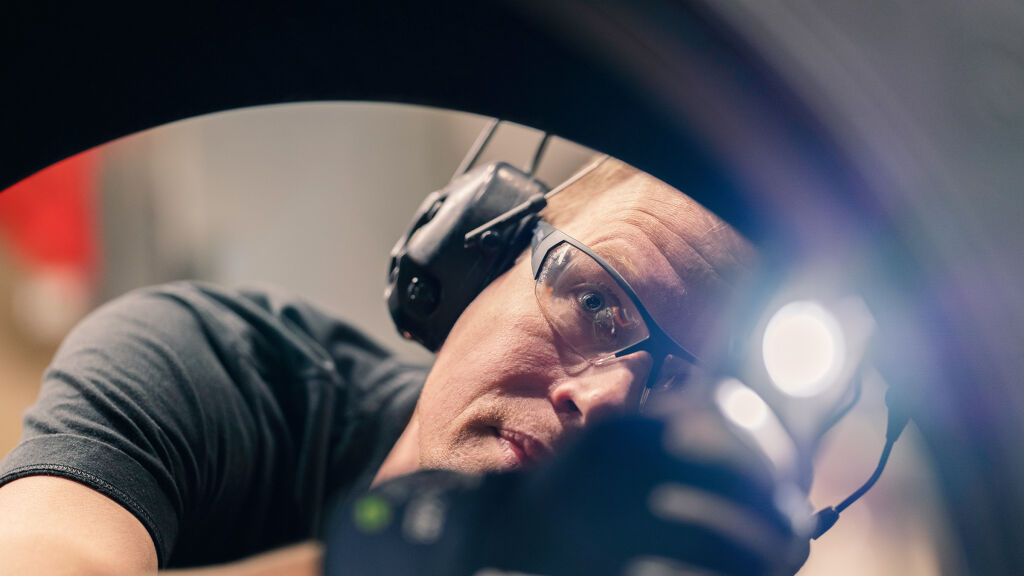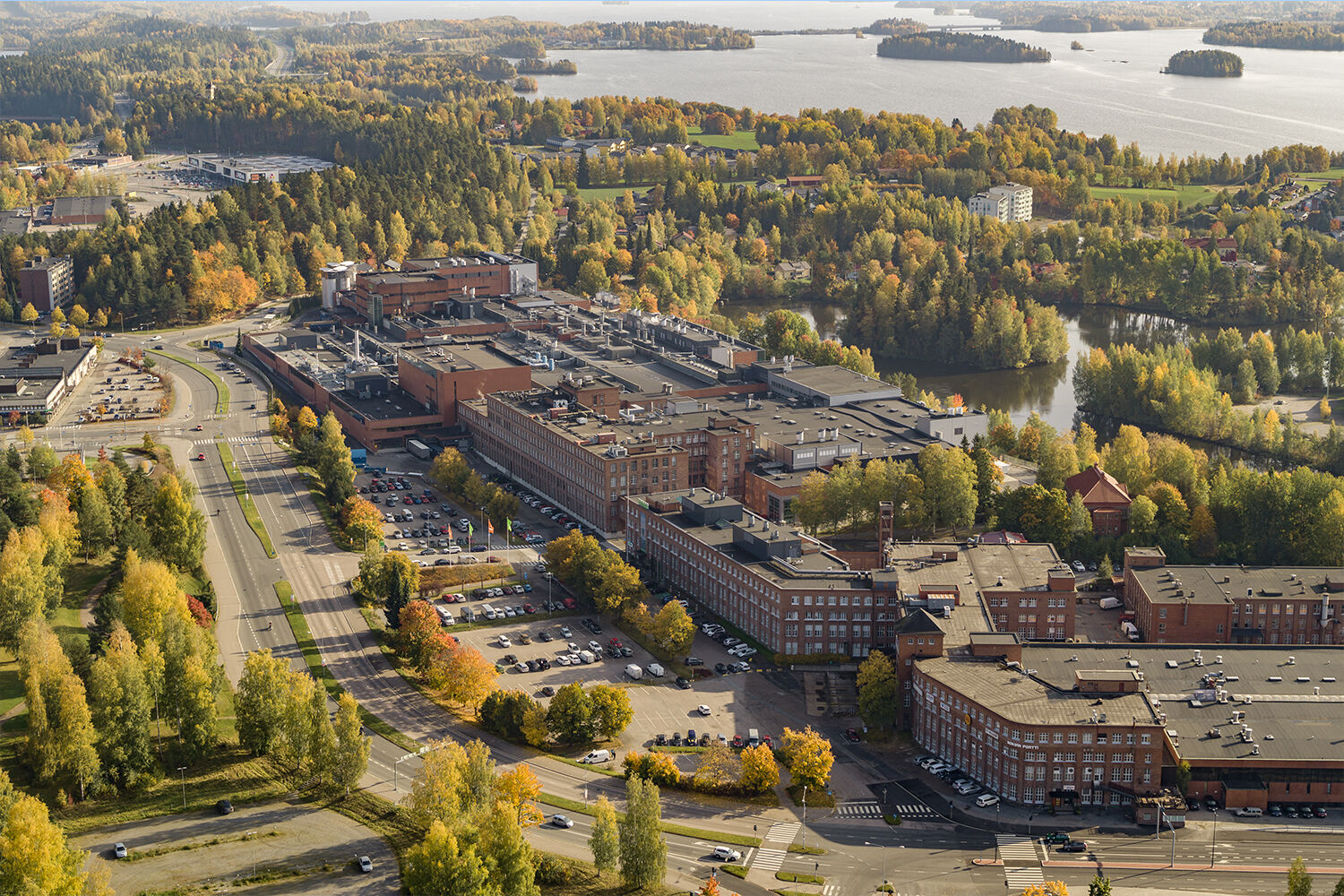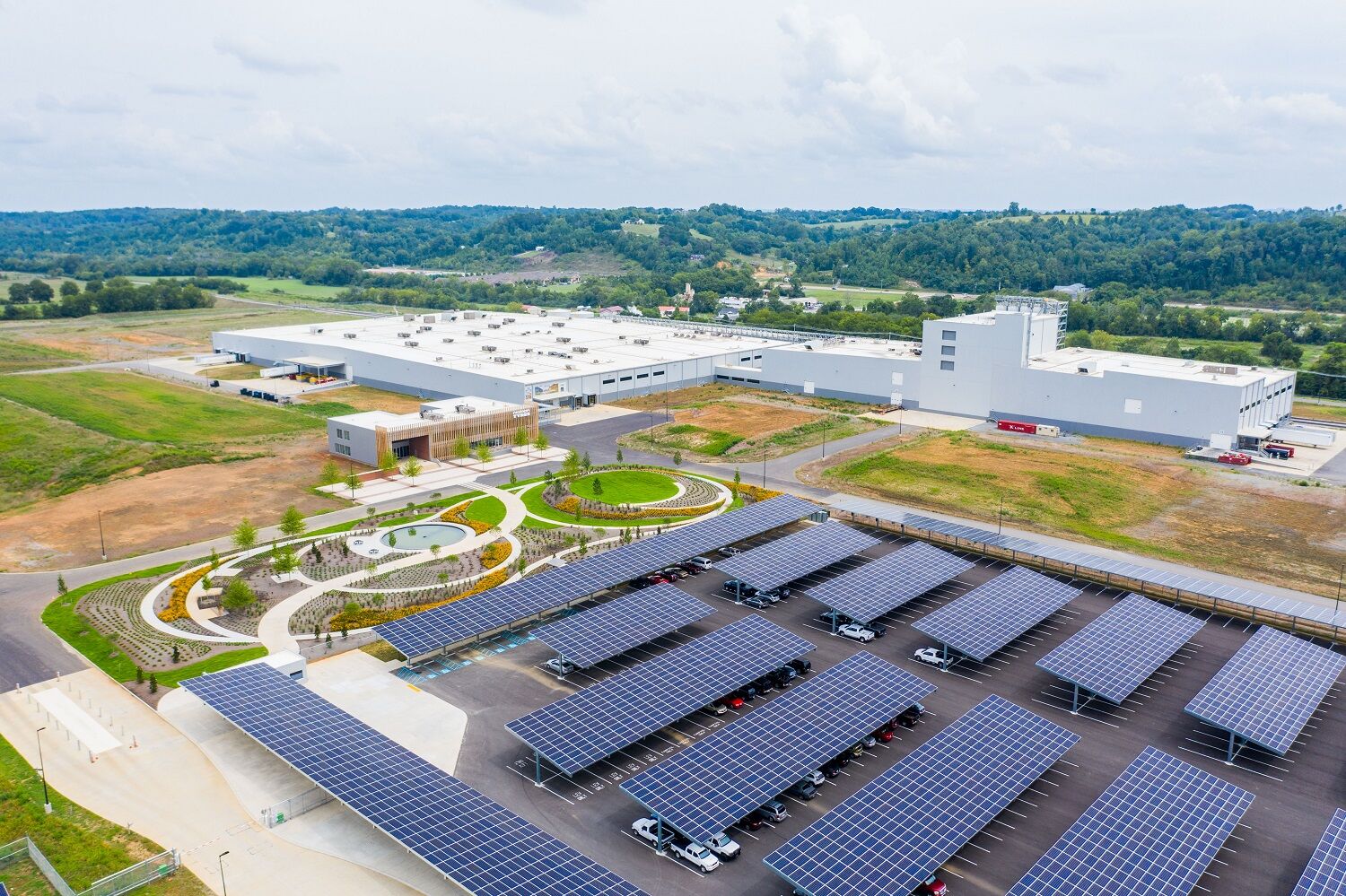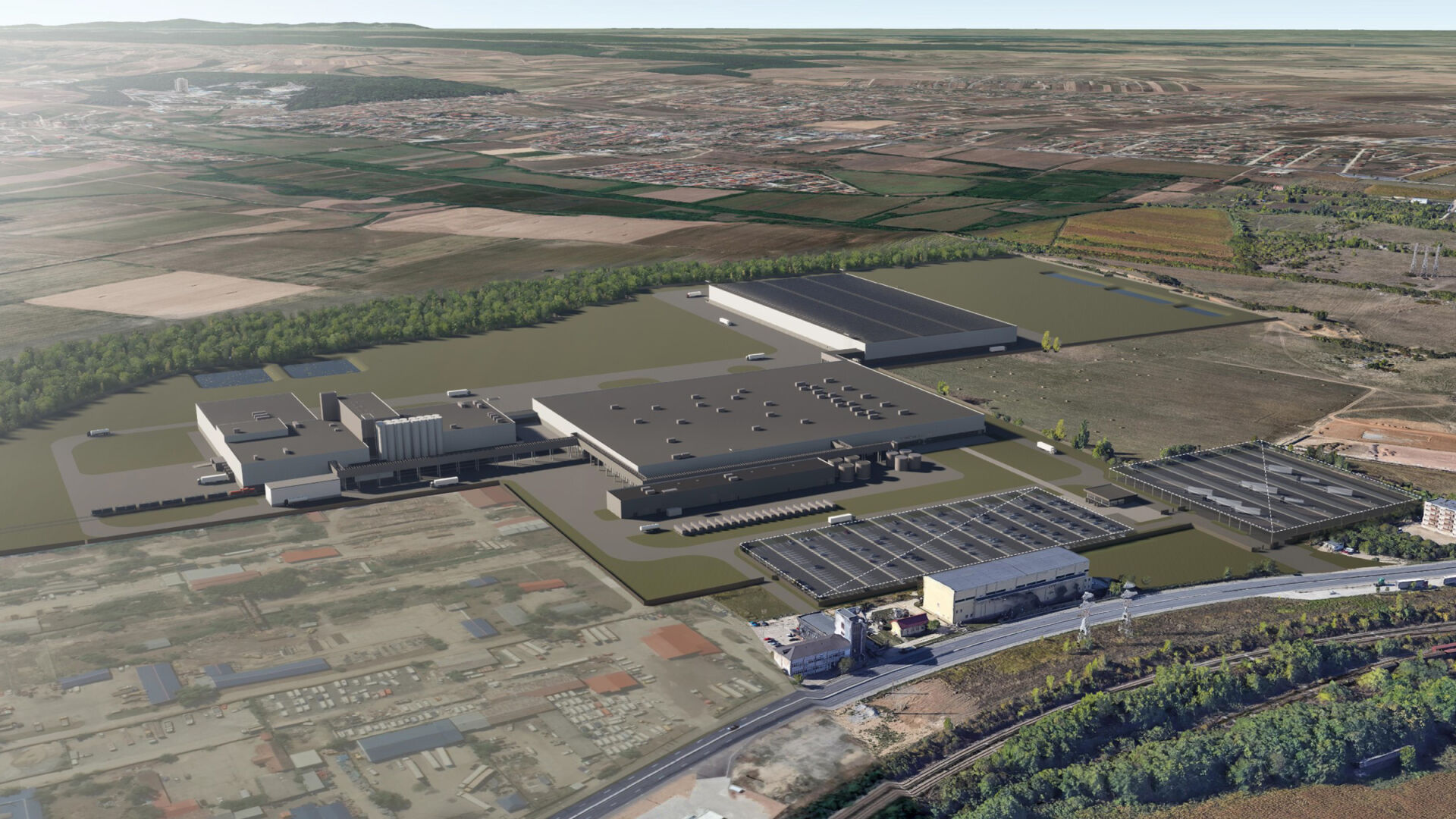
The main raw materials of a tire are natural rubber, synthetic rubber, carbon black and oil. Read more about tire manufacturing.
Tire manufacturing involves using the right materials and processes that result in safe, economical and environmentally friendly tire products. The whole process results from exhaustive research, product development, testing and years of tire expertise. Read more about how tires are made at Nokian Tyres.
Raw materials and rubber compounds
The main raw materials of a tire are natural rubber, synthetic rubber, carbon black and oil. The share of rubber compounds in the total weight of a tire is more than 80%. The rest consists of various kinds of reinforcing materials.
Natural rubber
Approximately half of the rubber is natural rubber from a rubber tree. Rubber trees are grown in the tropics in countries like Malaysia and Indonesia. The consistency of the rubber compounds' consistency in different parts of a tire varies. The rubber compound’s consistency also varies depending on the intended use and model of the tire. For example, the rubber compound used in a summer tire for a passenger car is different from that of a winter tire.
Synthetic rubber and filler substances
Most of the synthetic, oil-based rubbers come from European manufacturers. Approximately one-third of the compound consists of filler substances. The most important of these is carbon black, which makes the tires black in color. Another important filler is oil, used as a plasticiser in the compound. Furthermore, hardening or vulcanising agents, various booster chemicals and protective agents are used in the rubber compounds.

Mixing
In the mixing stage of tire manufacturing, the raw materials are mixed together and heated at a temperature of approximately 120 degrees Celsius (250 degrees Fahrenheit).
Developing and adjusting the recipes is an important part of the tire development work. Both the raw materials used in the mix and their amounts in relation to other materials are crucial for establishing the desired characteristics of a tire. For example, a winter tire must perform in cold winter driving conditions below 7 degrees Celsius (45 degrees Fahrenheit).
Component manufacturing
The compounds are used in rubberising various components, such as cables, textiles or steel belts. The tire manufacturing process consists of putting together 10–30 different different components that make up the tire. Most of the components are various kinds of reinforcements.
Assembling a green tire
Tire makers assemble the components into green tires using a tire-building machine. A green tire, or an uncured tire, is still missing its treads, which provide traction for safer driving.
When the components have been drawn onto the belt drum of an assembly machine and the frame of a tire has been set on the bulkheads of the stretching machine, the machine’s loading wheel transfers the unity formed by the surface and the belt onto the frame.
The frame is then pressurized and stretched to fuse with the above-mentioned unity. This is how a green tire is manufactured.
Vulcanising and curing a tread pattern
Green tires are vulcanized in curing presses. The high steam pressure conducted into the curing pad inside the curing press presses the elastic green tire against the tread pattern. In addition to the tire tread pattern, the green tire is engraved with the sidewall lettering, giving the tire its final appearance.

Inspection
Each passenger car tire is inspected both visually and by a machine. Attention is paid to any faults and defects with the tire's appearance in the visual inspection. The machine measures the pattern as well as radial throw and lateral force variation of the tire. After inspection, the tire is tested, labeled and transferred to the warehouse for delivery.
Environmentally friendly tire manufacturing
The tire manufacturing process involves finding materials and production methods that are safe for the environment and human health without compromising road safety. To ensure the smallest negative environmental effect possible, Nokian Tyres selects raw materials to identify the least harmful options.
Nokian Tyres was the first tire manufacturer to receive the ISO 14001 environmental certification. Our tires have low rolling resistance and are free of harmful high-aromatic oils, reducing their environmental impact.
As to the impact of tire materials on human health, no SVHC-rated (substances of very high concern) raw materials are used in the manufacturing process of Nokian Tyres products. Raw materials, such as natural and synthetic rubber, as well as cords, soot, and various chemicals, are safe.

Where are Nokian Tyres products made?
Nokian Tyres has invested in serving its customers in the United States and Canada by building our $360 million tire factory in Dayton, Tennessee, USA. In the Dayton tire manufacturing facility, Nokian Tyres produces all-season and all-weather tires designed for North American roads and weather conditions.
Combining forward-thinking domestic tire manufacturing with sustainable Scandinavian values has earned the Dayton manufacturing facility the LEED v4 Silver certification as the first tire factory in the world. On top of that, the administration building at Nokian Tyres’ Dayton tire factory earned the LEED v4 Gold certification in 2021.
The factory in Finland plays an important role not only in the manufacturing of tires, but also in product development. It is a key location for our centralized product development, prototyping and test runs. In 2022, we bought three hectares of land in Nokia to secure future development opportunities at the Nokia factory. There we also manufacture all of our heavy tires, except for truck and bus tires. To ensure our tires perform in all conditions and environments, the tires also go through rigorous testing in our test centers in Ivalo, Finland and Santa Cruz de la Zarza, Spain.
Nokian Tyres has also begun work in Oradea, Romania to build the world’s first zero CO2 emission tire factory. The factory has the capacity to produce 6 million tires per year and will employ more than 500 people in the area. Read more about Nokian Tyres’ Romanian tire factory.
More information on Nokian Tyres' summer tires, all-season tires and winter tires:
https://www.nokiantyres.com/tyres/passenger-car/summer-tires/
https://www.nokiantyres.com/tires/passenger-car/all-season-tires/
https://www.nokiantyres.com/tires/passenger-car/winter-tires/
Please remember that it is the driver’s responsibility to ensure their tires are safe and suitable for their vehicle and to follow the vehicle’s manufacturer´s guidelines for proper use and maintenance. Consult your closest Nokian Tyres dealer or your vehicle’s manufacturer for specific advice.


